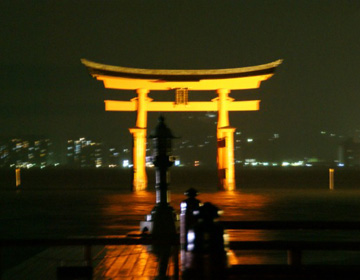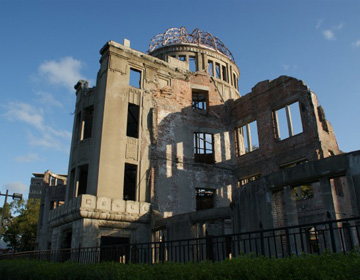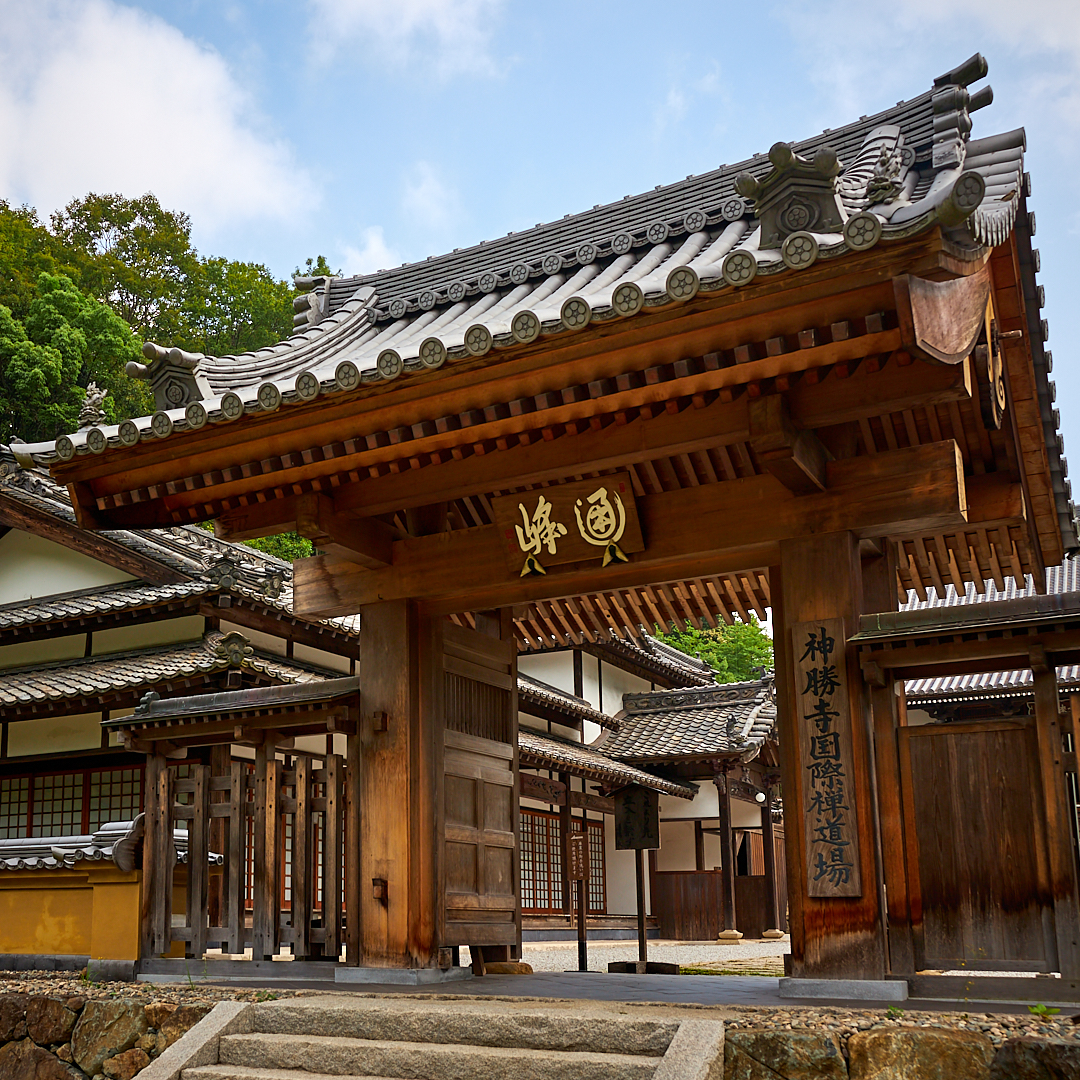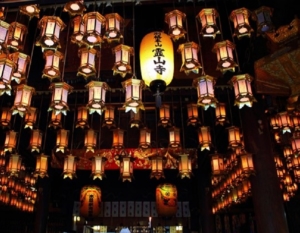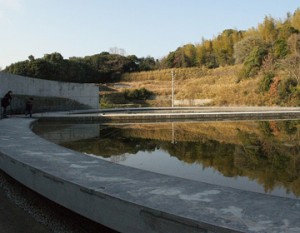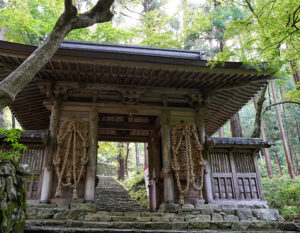Shensheng Temple with a museum
Fukuyama, known as the largest city in the Chugoku region after Hiroshima, Okayama, and Kurashiki, has rapidly expanded its economy along with postwar industrialization, and has become one of the major cities in the Setouchi region. One of its attractions is its easy accessibility from distant places, with some Nozomi trains stopping at Fukuyama Station. Geographically, Fukuyama is located in the middle of the Seto Inland Sea, and the city center is bustling with activity, but the seaside townscape is also beautiful. It is said that the port town in one of Ghibli’s masterpieces was inspired by Tomonoura in Fukuyama City.
Numakuma-cho, Fukuyama City, where the Shinsho-ji Temple is located, is a 30-minute drive from JR Fukuyama Station. It is also known as a town dotted with historical sites associated with the Heike clan. The temple was opened in 1965 by Hideo Kambara, the first mayor of the town and the second president of Tsuneishi Shipbuilding, and was named after Katsutaro Kambara, the founder of Tsuneishi Shipbuilding. The temple is located on an area of approximately 70,000 tsubo (approximately 7,000 square meters) and is dotted with 370-year-old buildings, a restored tea ceremony house of Sen no Rikyu, and the temple office “Shodo,” and a beautiful, well-kept garden is laid out between the buildings. The temple is so large that it would take half a day to tour it all, and yet it is a new kind of tourist attraction, combining history, contemporary art, food, and even a “bathhouse” where visitors can take a day-trip to experience the Zen spirit of “washing away the impurities of body and soul. Unlike Kyoto and other famous temples, Shinsho-ji may not have a history of several hundred years, but it is no less atmospheric or elegant than the best-known temples. The Shinshoji Zen and Garden Museum was built in 2016 by architect Terunobu Fujimori, artist Kohei Nawa, and other leading contemporary creators.
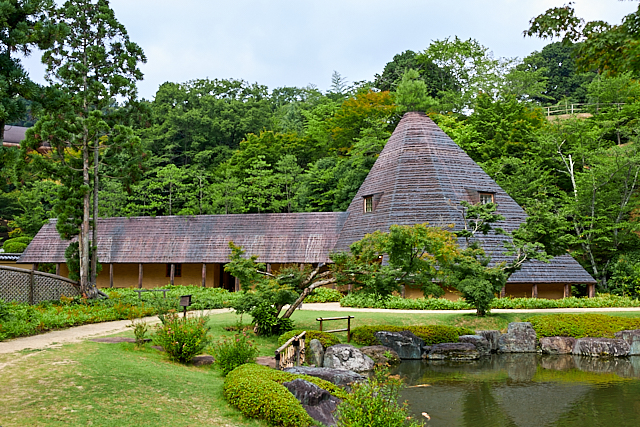
A new famous temple where you can look to the future
It’s spacious and comfortable. If I take a walk every day, I can feel the changing of the seasons.
Hidetoshi Nakata, who has visited temples all over Japan, seems to feel comfortable in the air. The spacious grounds are lush with plants and streams. Although it is a new temple, it has a calm atmosphere. After climbing slowly up the hill and praying at the main hall with its beautiful view, we walked down the hill to the art pavilion “Kotei” (Kotei). The lawn garden is planted with shrubs, and among the spectacular scenery are cherry trees called shiki-zakura (cherry blossoms in four seasons). These cherry trees bloom twice a year, in spring and fall. In the fall, the cherry blossoms bloom prettily amidst the autumn leaves, which is a fantastic sight. The boathouse-shaped building with a shingled roof, which stands out in the precincts of the temple, was designed by Kohei Nawa and his company SANDWICH. Entry is divided into 30-minute intervals, and the production is like rippling waves on a waterfront in the dark, further calming the mind. The temple’s appearance is a curious fusion of Japanese materials, architectural styles, and modern art, but after a leisurely walk through the temple grounds, it seems as if the spirit of Zen resides there.
Perhaps this temple will remain here for another 100 years, 200 years, and even beyond. I wonder how the people of that time will feel about this temple born in the Heisei era. This is a new famous temple that can look not to history or the past, but to the future.


